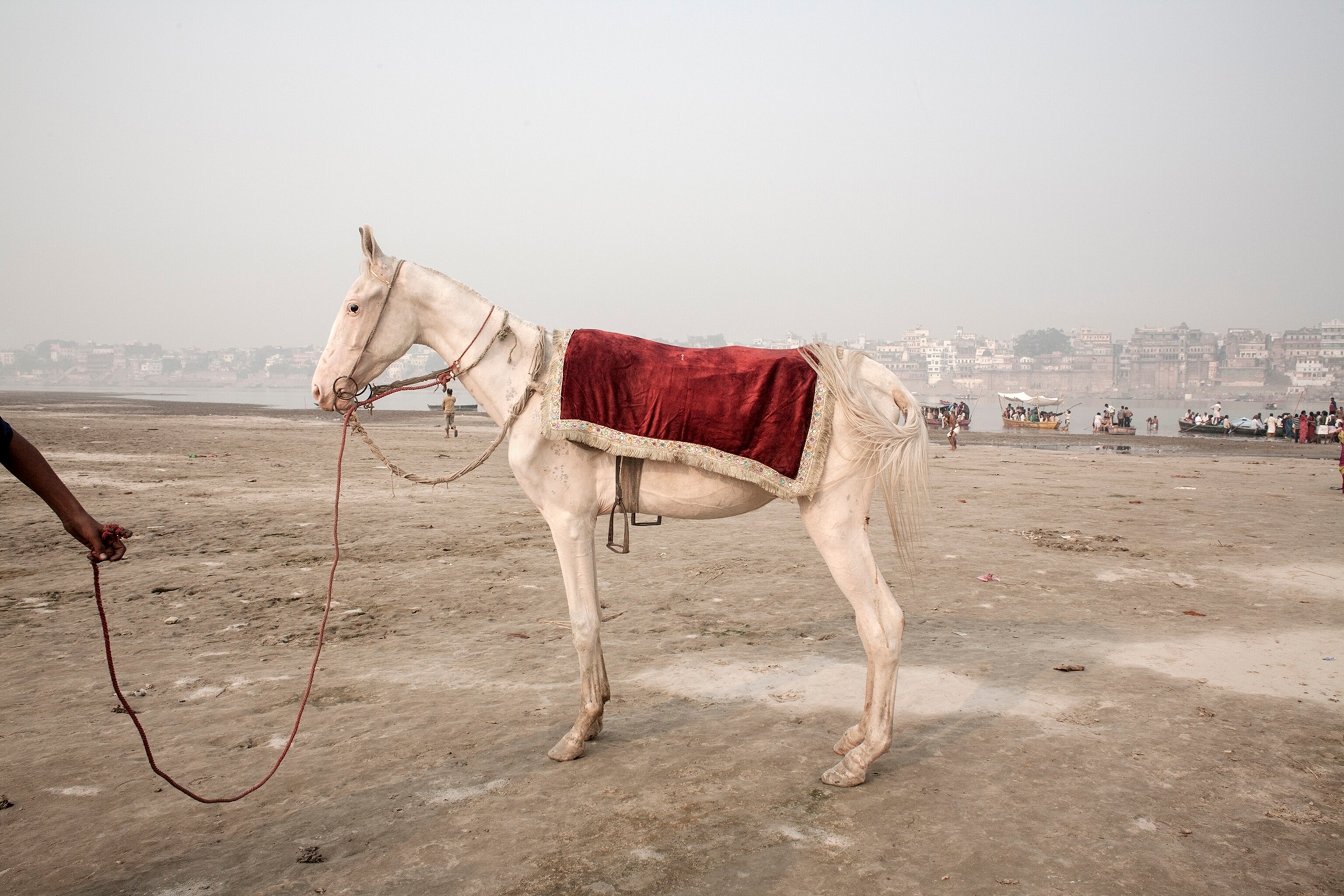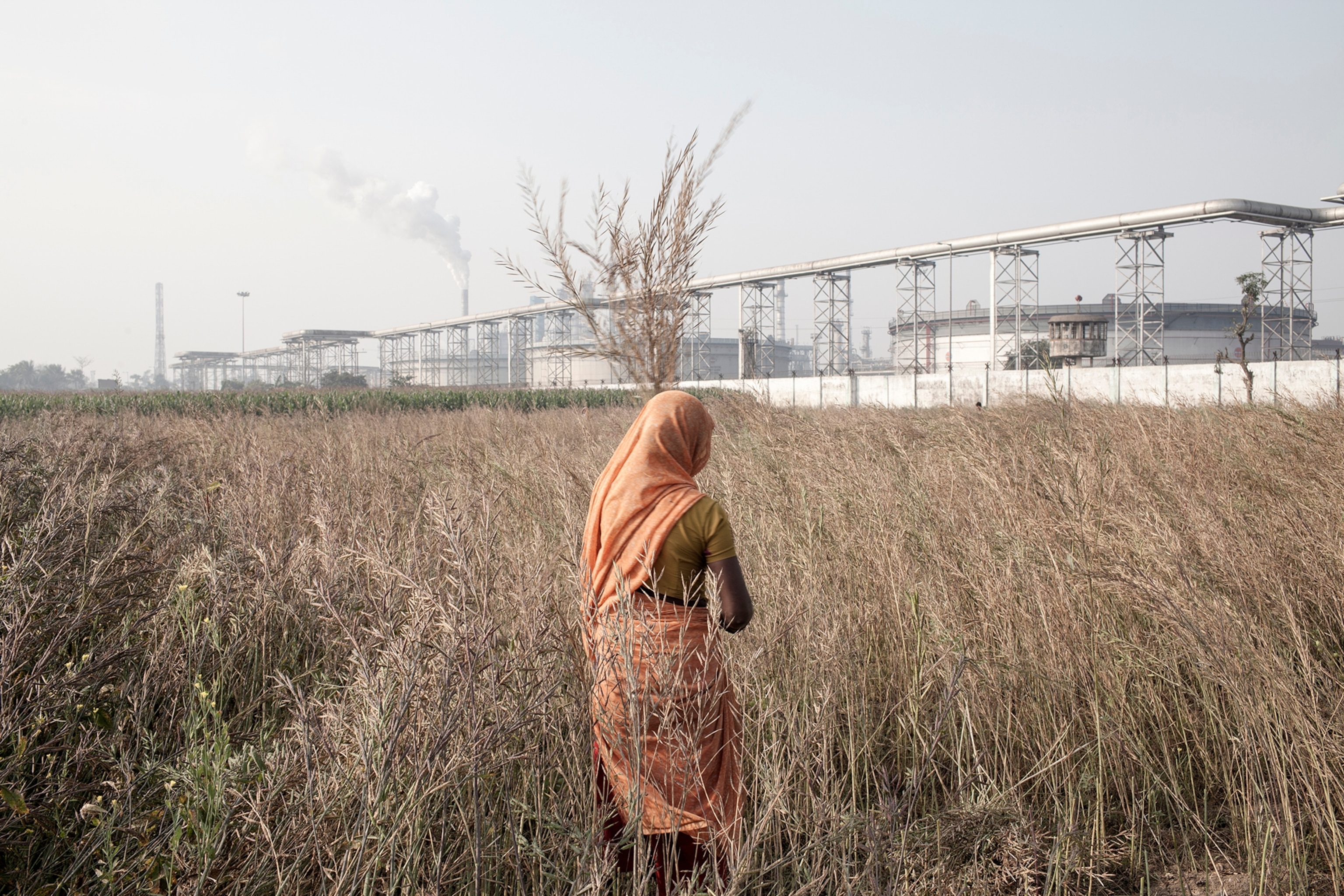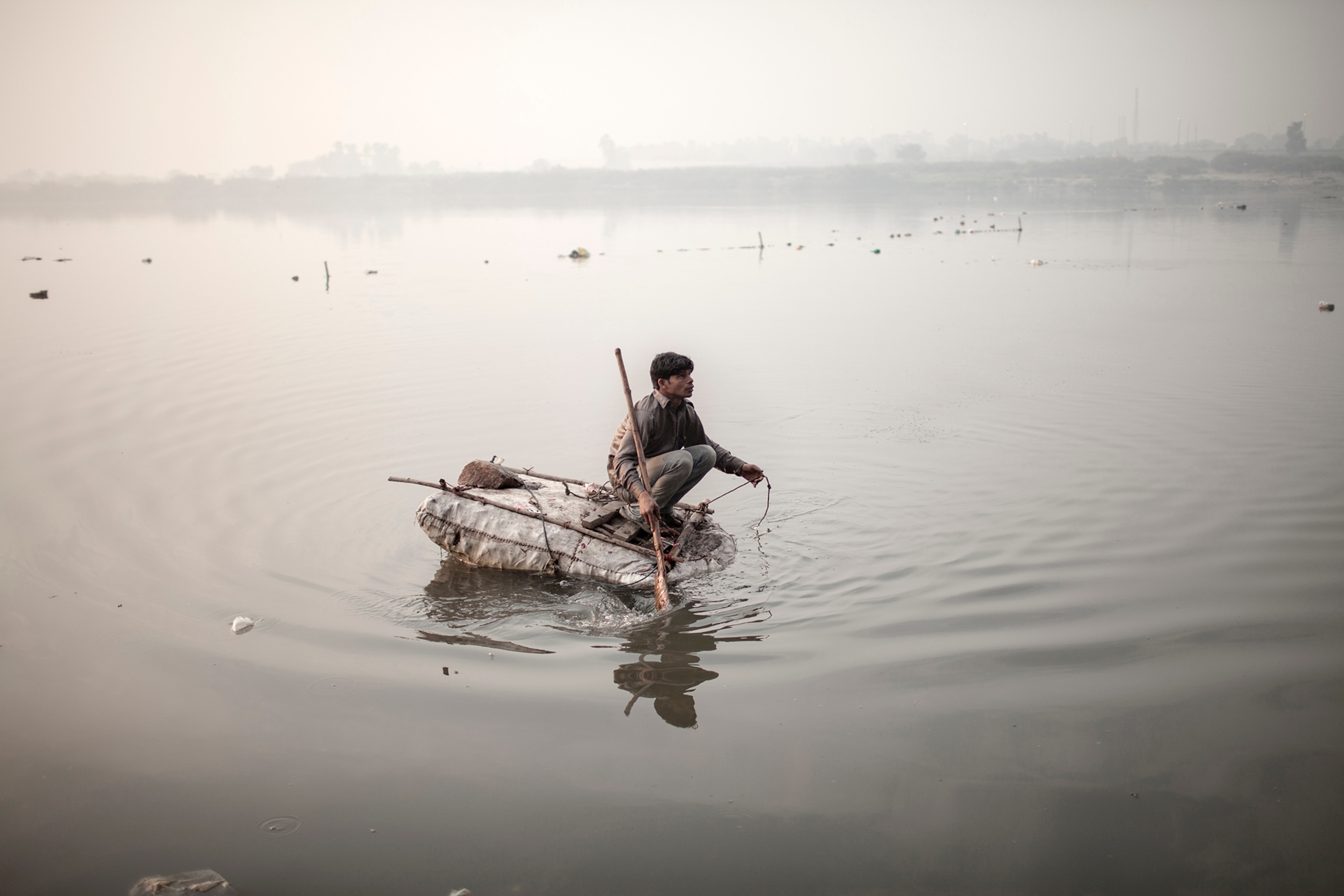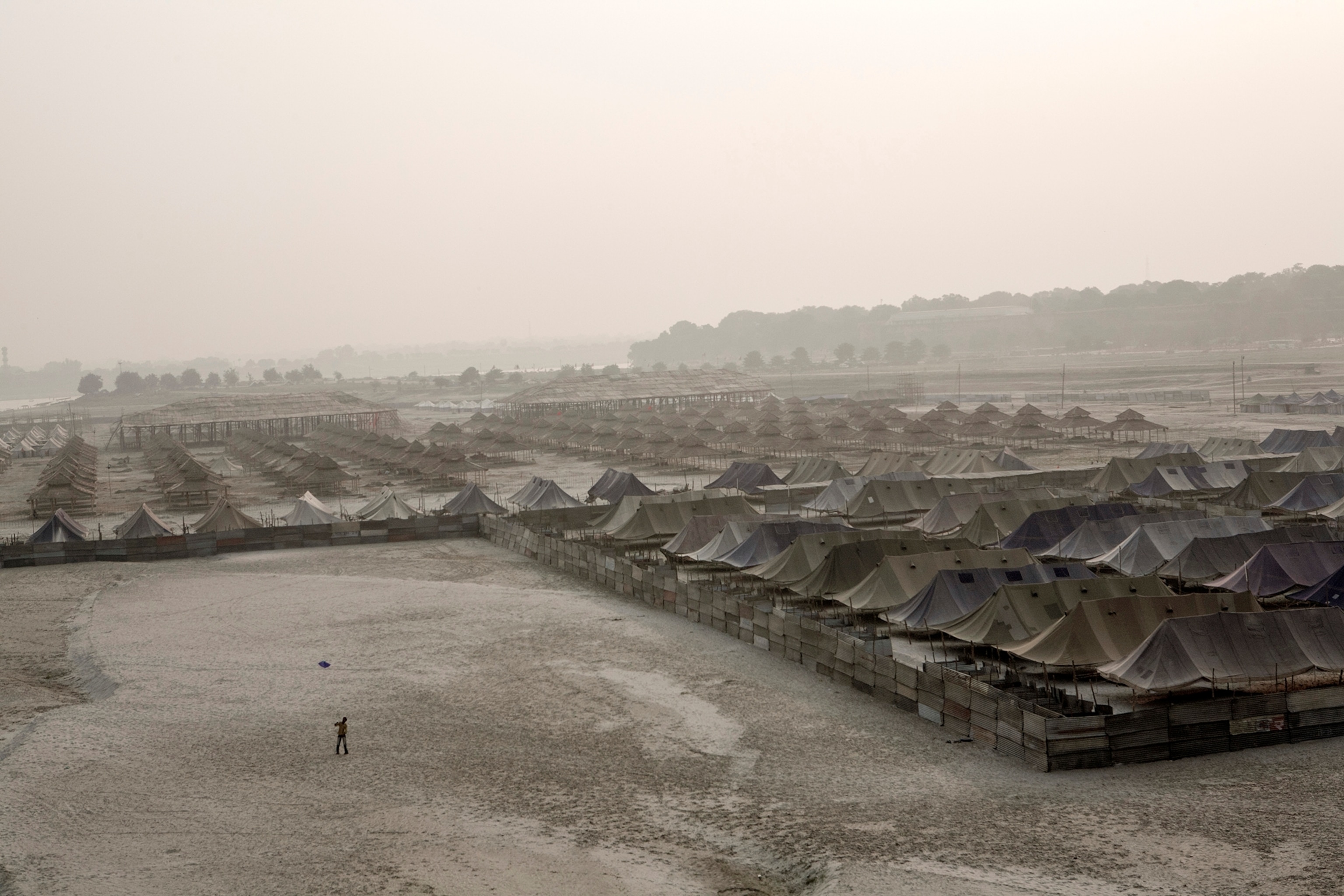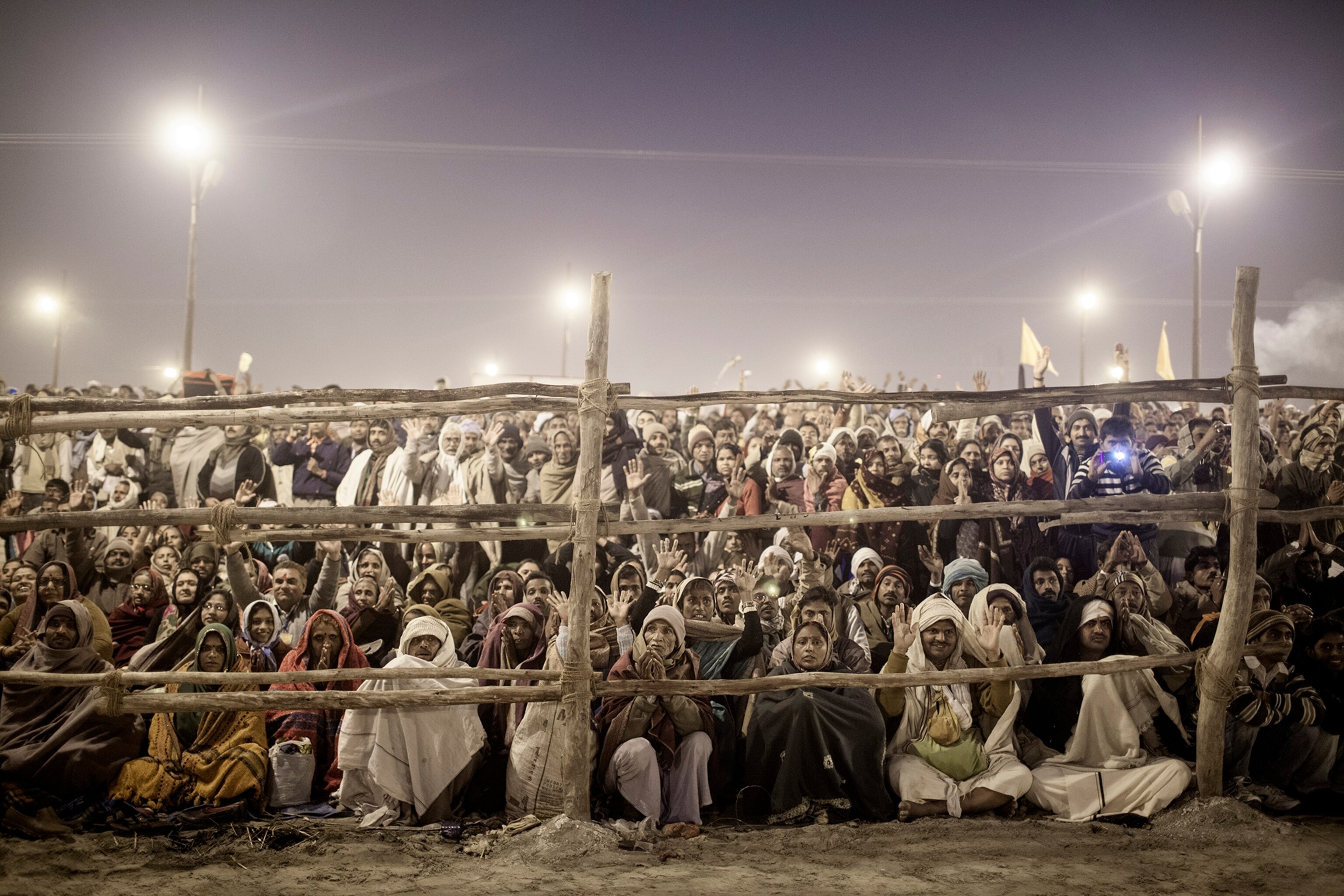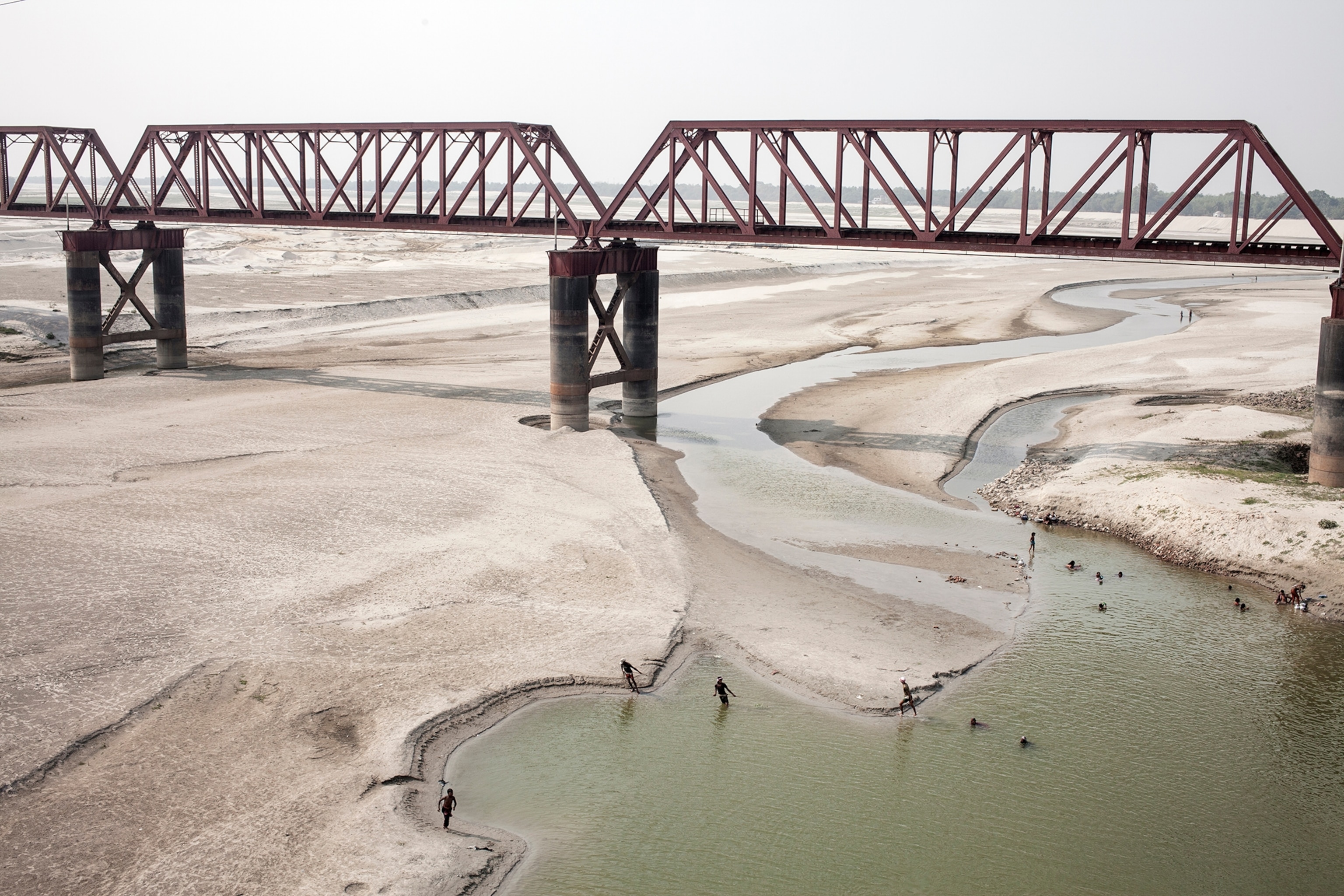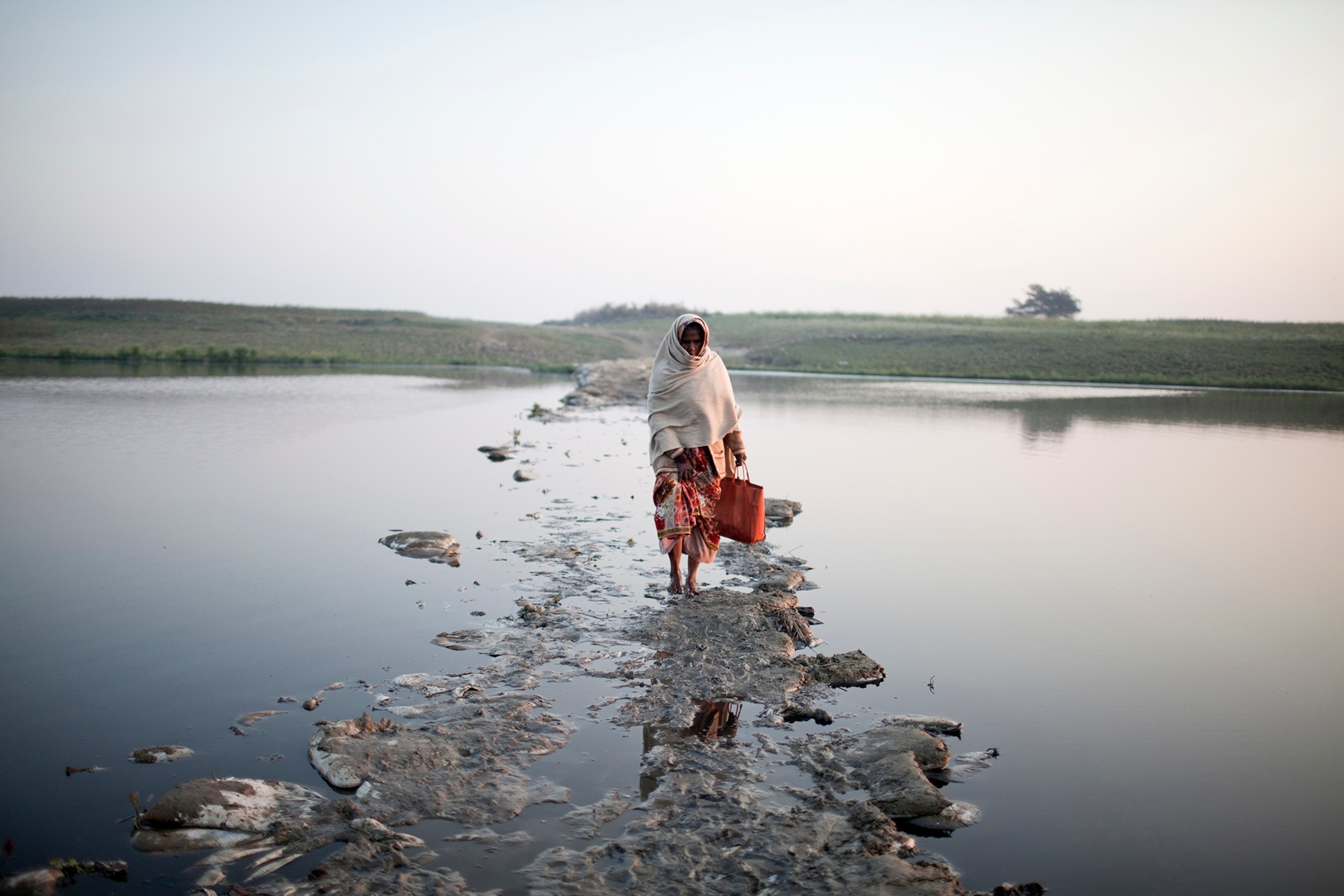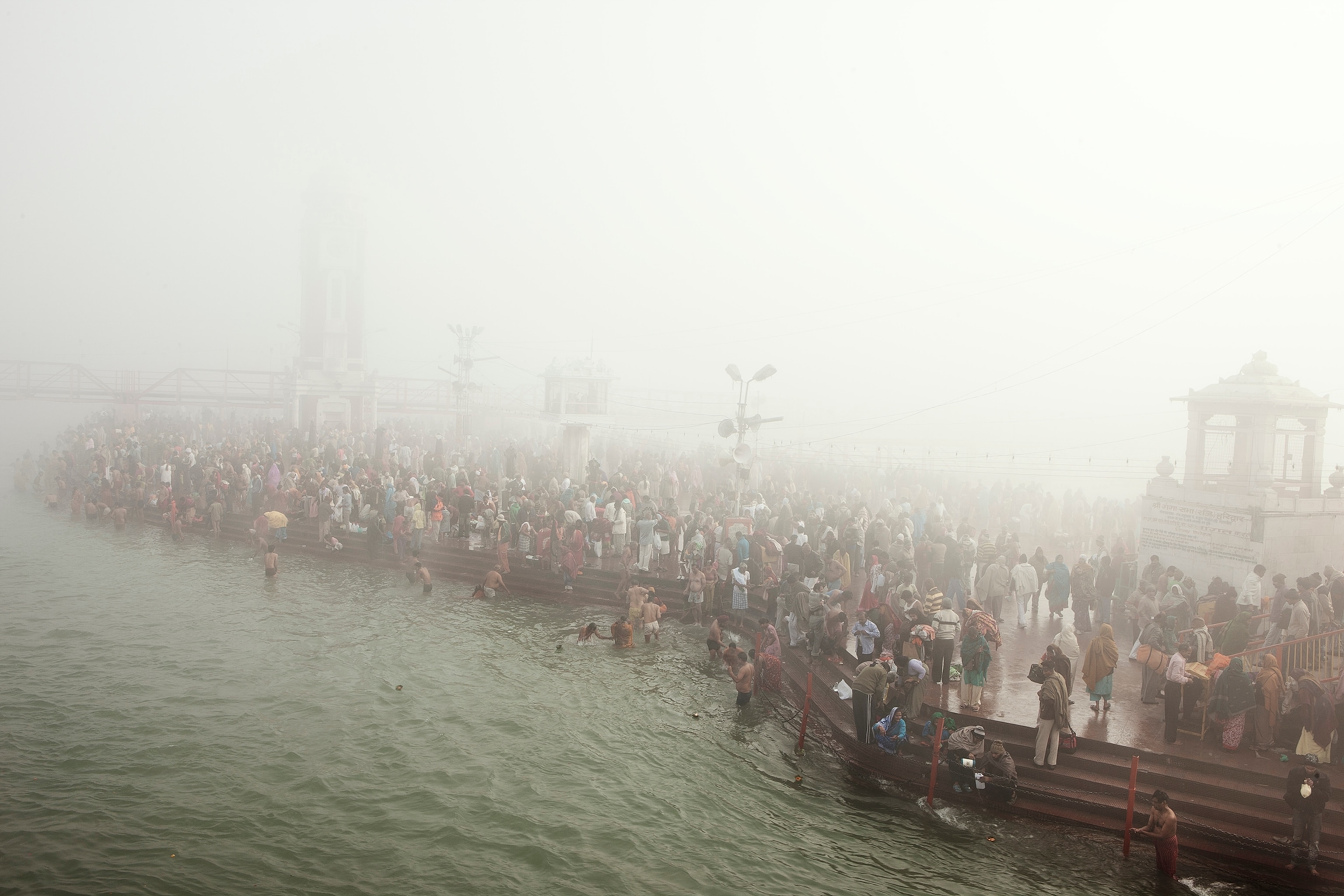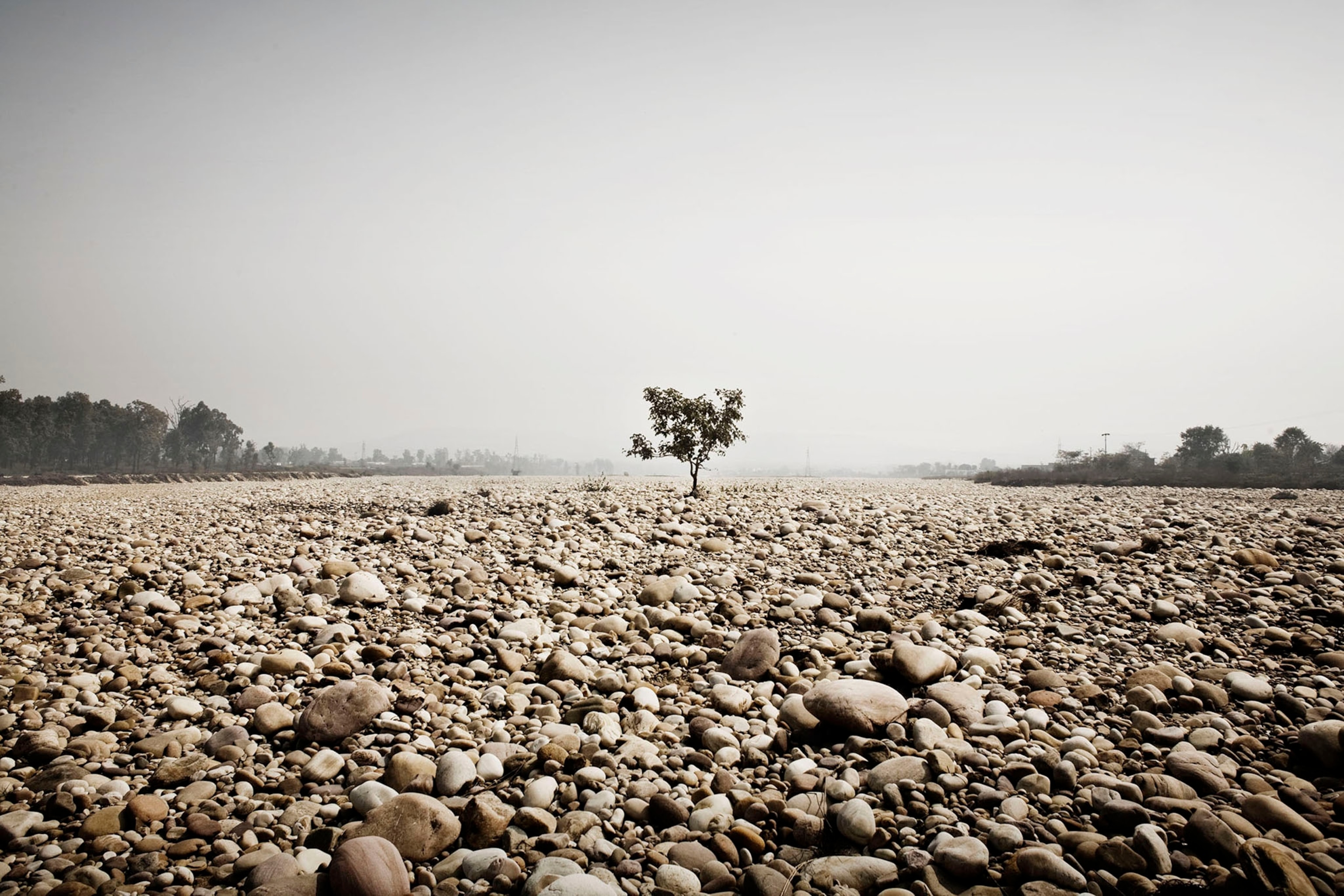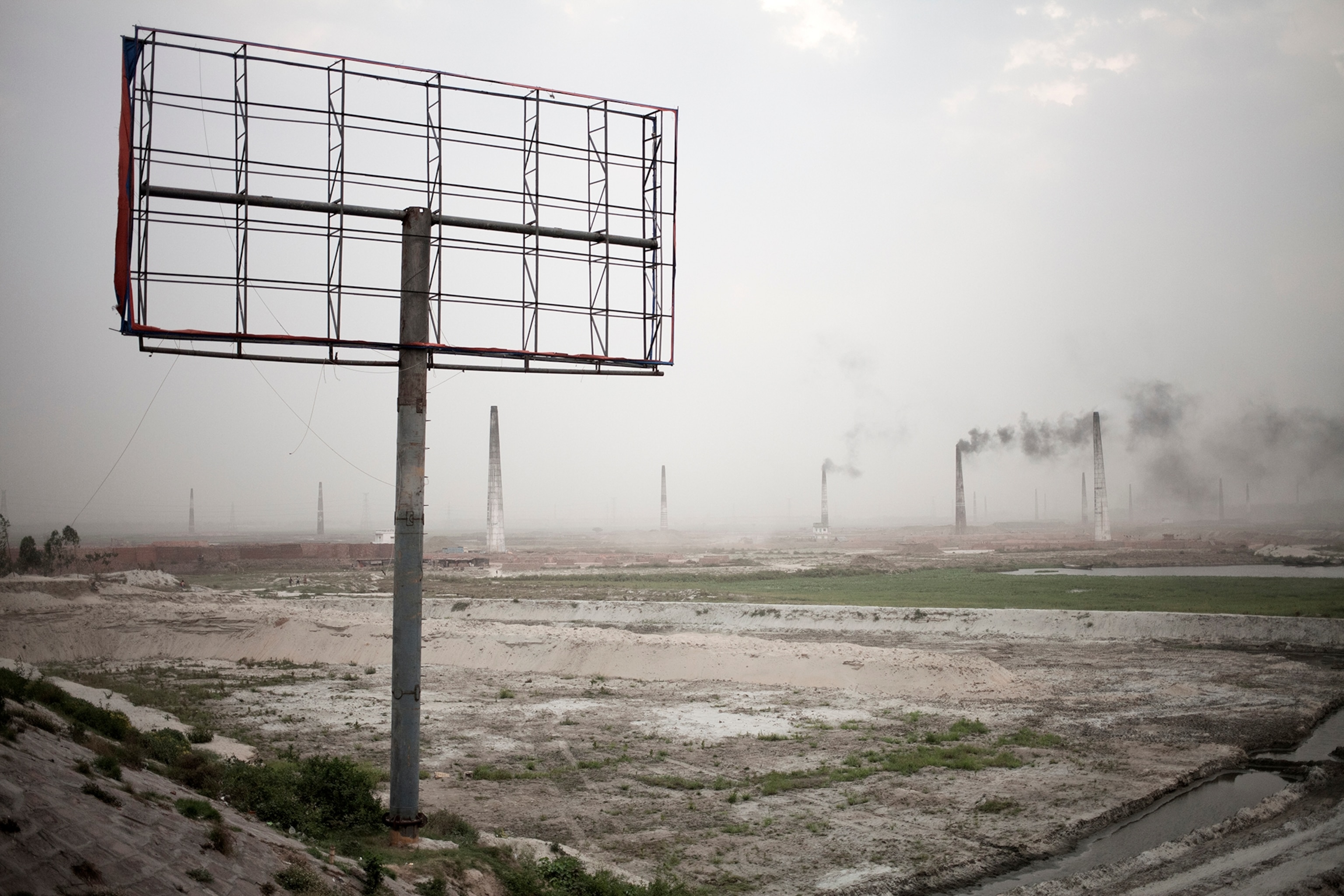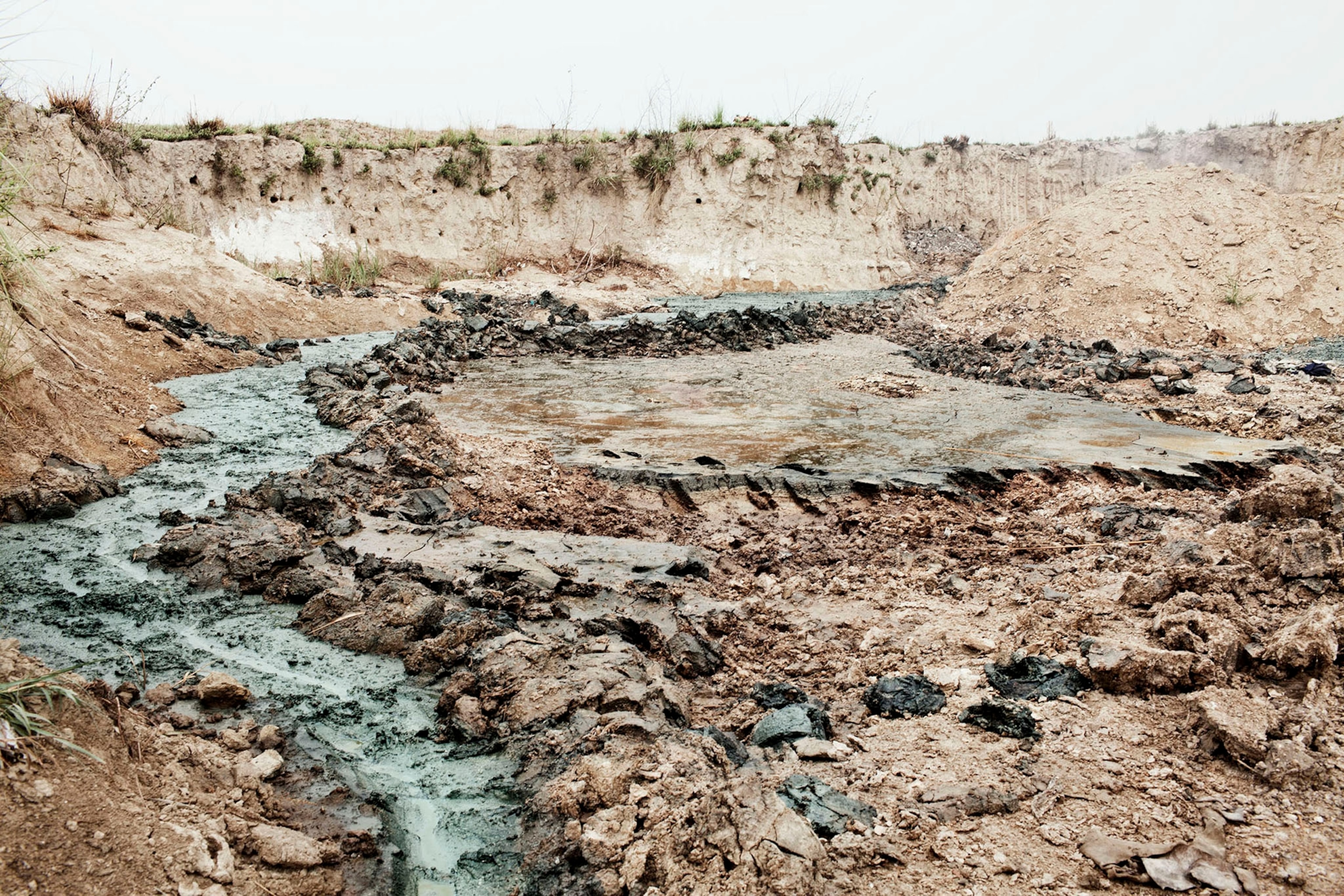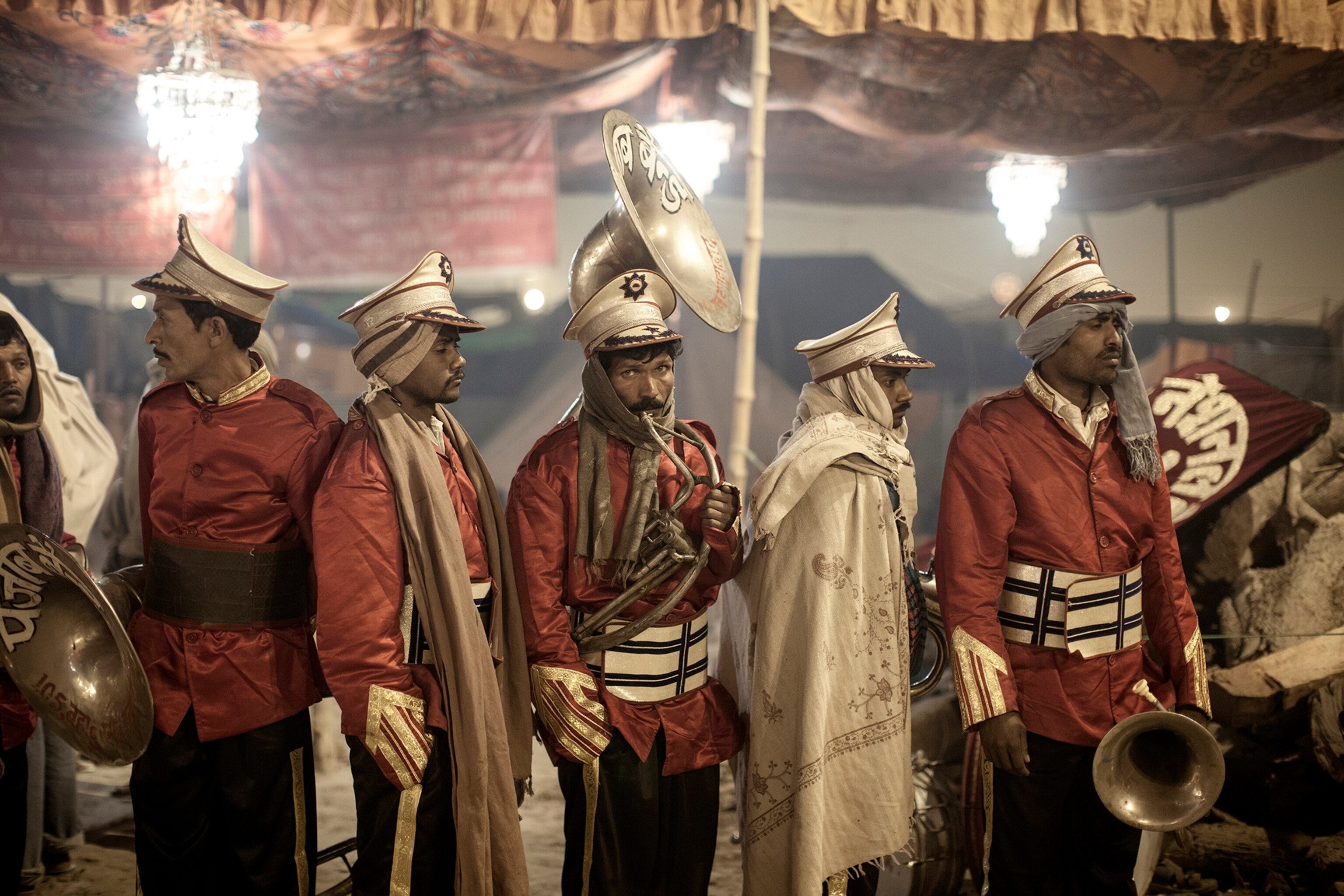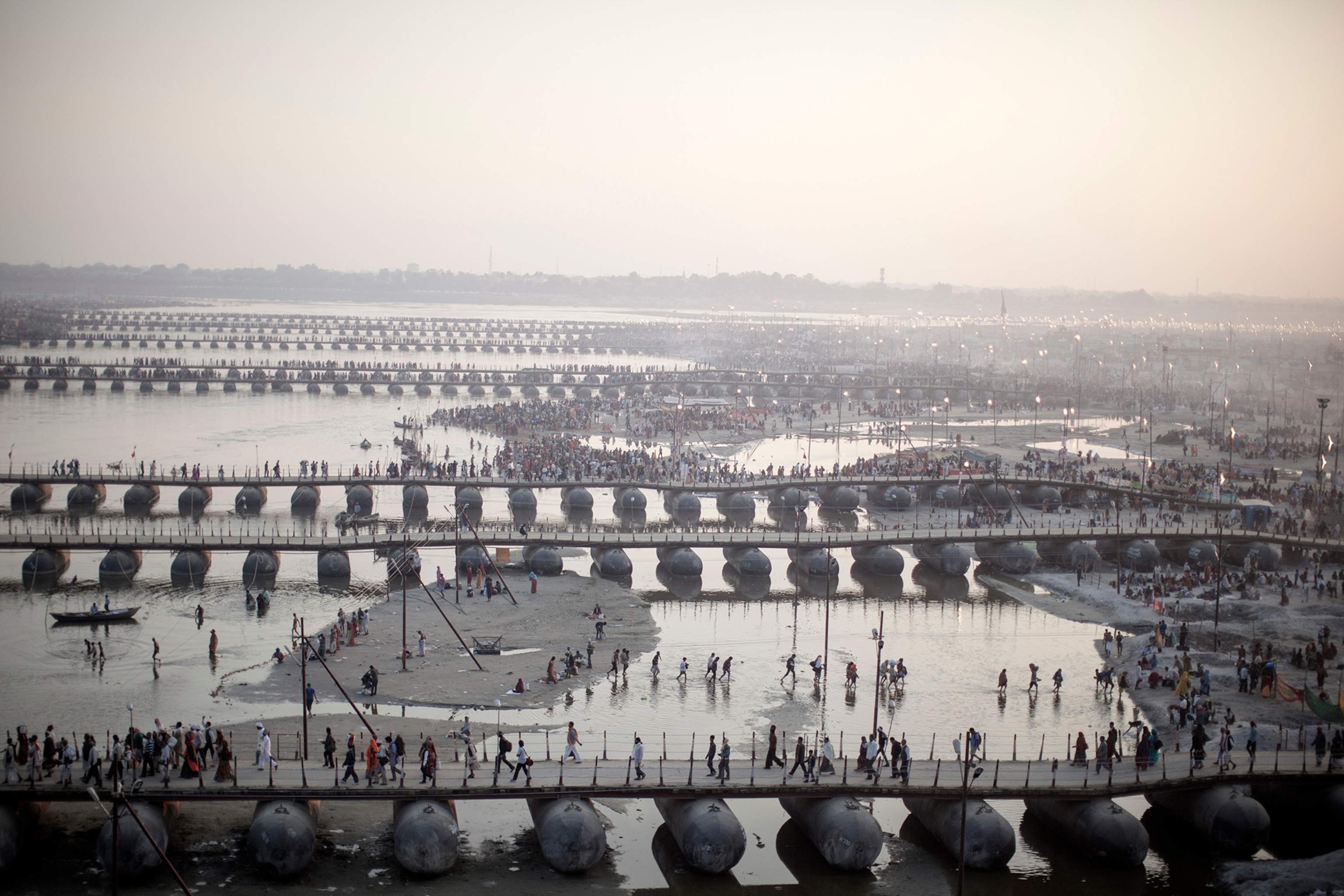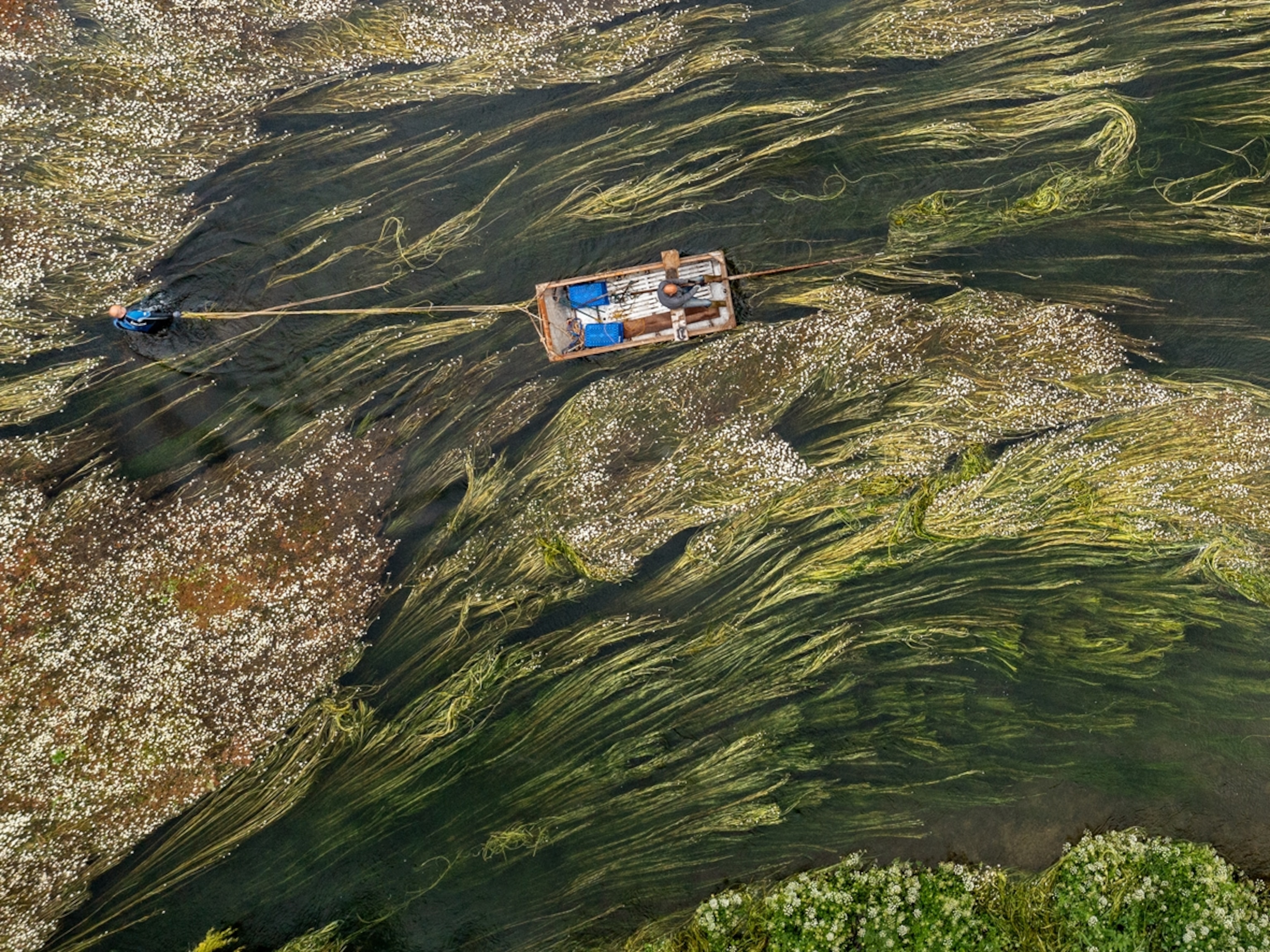The World's Most Polluted River Revealed in Photos
A recent high court ruling in India that gives the Ganges personhood status may lead to environmental redemption.
An image of a woman walking on water might inspire awe under normal circumstances, but in this case it arouses something that feels more like horror.
Photographer Giulio Di Sturco captured scenes like this one in his Death of a River series: a woman traversing the Ganges River, ambling along on a bridge of muddied sandbags and waste, to show the extent of degradation that has afflicted this holy body of water.
“The Ganges is a prime example of the unresolved contradiction between man and the environment,” says Di Sturco. It is a river intimately connected with every aspect of Indian life—a source of water, energy, and livelihood for more than 500 million people who live along its banks.
Hindus around the world have worshipped the river for centuries, their beliefs stemming from the story of the self-cleaning river god Genga. The same cleansing properties cannot be said for the river itself, whose waters are poisoned by millions of gallons of industrial effluents and raw sewage every day. Not to mention the hundreds of bodies that are cremated, or sometimes simply wrapped in muslin, and tossed into the river daily.
But things are changing for the “Ganga Mata,” or divine mother, after a recent high court ruling in India. The Uttarakhand High Court has declared the Ganges and its main tributary, the Yamuna, “living persons.”
The decision means that polluting or damaging the rivers could be considered the legal equivalent to harming a person. Although environmentalists welcomed the ruling, the question remains whether it will be enforced, and if so to what extent.
The legal recognition of the Ganges as a person comes after more than thirty years of government efforts to restore it, with limited success. Official estimates of the amount spent on the efforts vary from six hundred million dollars to upwards of three billion dollars.
But the recent ruling may increase the possibility of community involvement. If a citizen can bring a case to court representing the Ganges, that could become a powerful way for communities and activists to protect it.
This gallery features the work of photographer Giulio Di Sturco. Di Sturco has been documenting the lives of people who inhabit the banks of the Ganges River for more than 8 years. His years of work will culminate into a published book later this year. To see more of his photography visit his website.

